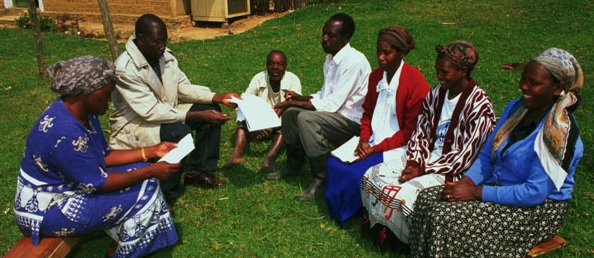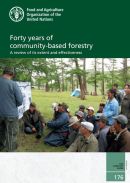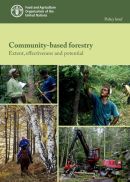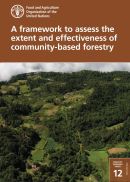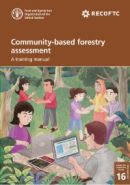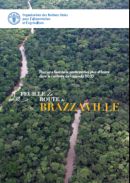Community-based forestryThe livelihoods of over 2.4 billion people depend directly or indirectly on forests for the generation of cash and non-cash income, providing a wide range of social, economic, cultural, spiritual and environmental benefits for local communities. Maintaining the multifunctional role of those forests and ensuring their resilience and the sustainable use of resources remains a key challenge. Community-based forestry (CBF) is a potent vehicle for moving towards sustainable forest management and improving livelihoods for those communities and smallholders managing the forests. CBF has the potential to enhance natural capital, build social, institutional and human capital and improve financial capital. Over the past 40 years, considerable attention has been paid to CBF. The total forest area under different regimes of CBF has increased across all regions of the globe and continues to expand. While CBF regimes are now a major modality of forest management throughout the world and an important delivery mechanism for a number of Sustainable Development Goals (in particular SDG 15, SDG 1, SDG 2, SDG 10 and SDG 8), they are generally delivering below expectations. The conditions required for effective functioning of CBF regimes are not met in most cases.
FAO has over the years spearheaded the concept of community-based forestry as key element in achieving social, economic and environmental objectives to sustainable forest management. This support includes decades of strengthening capacities in countries for ensuring participation of key stakeholders in sustainable forest management. FAO’s work on community-based forestry aims to deliver on the following outcomes:
| Publications
Related sitesContactJeanClaude Nguinguiri |
last updated: Monday, September 20, 2021

